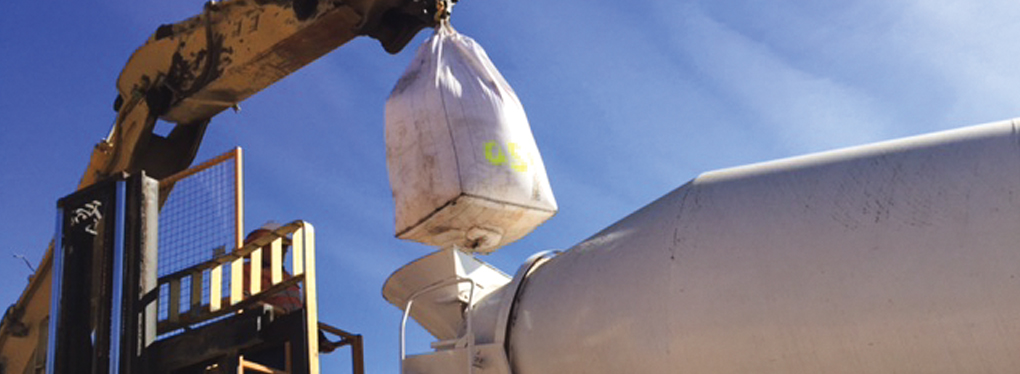A Queensland tyre recycler and a research scientist secured Tyre Stewardship Australia funding to scale up their approach to use crumb rubber in explosives for mine, quarry and construction projects, which has just hit the market.
When the first round of the Tyre Stewardship Research Fund launched in late August 2015, the timing could not have been better for a partnership that had found a new commercial use of rubber crumb and was looking to get the project off the ground.
David Mohr, founder of Chip Tyre, an established tyre recycler from Ipswich, Queensland, partnered with BioAust Energy scientist Alan Twomey on a new business, Blew Chip International.
Alan is a research scientist in food and waste to energy. In 1999 he founded the BioAust consultancy, and has brought his expertise to projects on converting waste into many uses. One area of specialism is pyrolysis, converting tyres into diesel and carbon, where his forte was developing catalysts to make the process work better. Together, Alan and David aimed to use rubber crumb as the replacement material for fuel oils for new types of blasting type explosives.
This technology is an improved version of previously patented rubber- ammonium nitrate explosives developed originally by Rio Tinto. In 1994, it had experimented with and patented the use of rubber crumb to replace diesel in their explosives.
The traditional approach is to mix diesel with ammonium nitrate prills, known as ammonium nitrate fuel oil (ANFO) to make a low-cost explosive product.
Rio Tinto’s research found that when blending rubber crumb and ammonium nitrate, the granulated rubber slows the reaction rate of the explosive.
The slower burning fuel allows for a detonation reaction. Incorporating different grades of rubber in the product produced an explosive with reduced shock energy but increased “heave” energy compared with ANFO, which boosts efficiency of rock removal in the blast. Moreover, with the rubber crumb option, the user needs less explosive, making it more cost-efficient.
The technology didn’t win industry buy-in. The patent lapsed.
Fast forward to 2008. The Queensland Government’s state development department sent Alan, in his capacity of reviewing grant applications, to meet David at Chip Tyre. David had applied for a grant to use rubber crumb in explosives for blast and drill applications, and was quick to extol the virtues of the method.
David’s involvement in the project started for several reasons.
“I wanted to create a market for rubber crumb where the price was not determined by other processors of waste tyres or low-priced imports,” says David.
He was also keen to expand the crumb rubber market by creating a new segment that was not as subject to the seasonal fluctuations, such as roads and sports grounds. Moreover, he hoped to increase the profitability on the product to the point where the venture could be viable even if gate fees were zero.
Alan reviewed his application and could see the technology’s merits.
“My question was, if this technology is so good, why was Orica not using it?” says Alan. David explained how the decision was historical and he was unsure of the reluctance to use it.
To read more, see page 18 of Issue 9.



